Planting Technology Lists
-
Pleurotus ostreatus can be cultivated by two-stage mushroom production method.
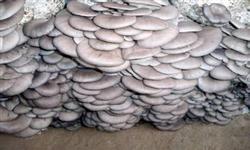
Symptoms of Pleurotus ostreatus: the development and growth of the mushroom was slow, and particles or tumor-like protrusions appeared on the cover. When the disease is serious, the cap is stiff, the mushroom is hardened, and the mushroom body stops growing and developing. Prevention and treatment: select medium and low temperature varieties for cultivation, strengthen greenhouse heat preservation and warming measures, and control the temperature of mushroom production in greenhouse. Usually.
2018-09-09 -
Miscellaneous bacteria harming Pleurotus ostreatus and its control
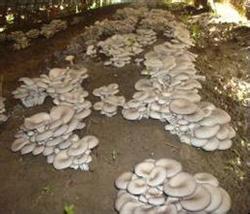
The first and middle of August is the golden period of cultivating Pleurotus ostreatus in early autumn. using fermentation material to cultivate Pleurotus ostreatus is one of the important technical measures to improve the yield and benefit of Pleurotus ostreatus. However, many mushroom farmers failed because of the unscientific preparation of culture materials. The correct preparation method of Pleurotus ostreatus culture material is as follows: first, adopt a reasonable formula. Mushroom...
2018-09-09 -
How to skillfully remove the black spots of rose
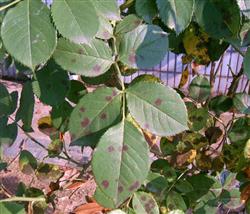
Black spot is one of the most common and destructive diseases in various places. It mainly infects leaves, as well as twigs, petioles, flowers, peduncles, buds and flowers. The disease spots on the twigs are long oval at first, dark purplish red, and slightly sunken. The spots on the pedicel are smaller. When the temperature rises to about 25 ℃, the air humidity is close.
2018-09-09 -
How to control rose diseases and insect pests
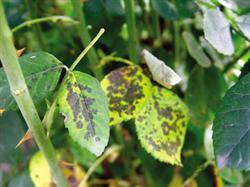
The most common diseases of rose are powdery mildew, black spot, branch blight, rust and so on. Dozens of insect pests may occur, the most common of which are shell insects, aphids, red spiders, thrips, stinging moths, saw leaf wasps and so on. In view of the above diseases and insect pests, we should step up efforts to prevent and control them. During the dormant period, pruning should also be carried out.
2018-09-09 -
How to prevent and cure powdery mildew of cut rose
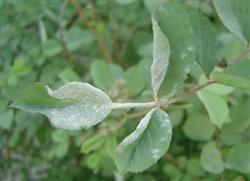
Powdery mildew is one of the most important diseases of rose, which harms leaves, tender shoots, buds and pedicels. The control methods are as follows: strengthening cultivation management and timely removal of the disease; pruning in time to improve ventilation and light transmission conditions; nitrogen fertilizer should not be too much, it is necessary to increase the application of phosphorus and potassium fertilizer. 15% can be sprayed to prevent and cure the disease during the growing period.
2018-09-09 -
Cultivation points of potted rose pomegranate
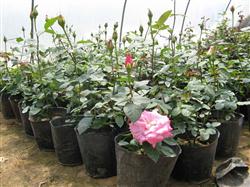
1.1 cutting period. Located in the Yangtze River basin, rose seedlings are mostly raised in spring and autumn, and spring begins in late April and ends at the end of May. Autumn begins in late August and ends at the end of October. Autumn cutting seedlings can not be divided into pots in the same year, young roots are underdeveloped, cold resistance is poor, it is necessary to do a good job of anti-freezing in winter. 1.2 potted soil.
2018-09-09 -
Common insect pests of open rose
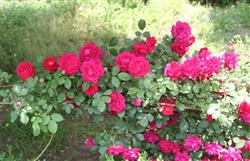
Rose is a flower with many insect pests. Before carrying out prevention and control, we should first understand the symptoms of insect pests and understand which kind of insect pests. Secondly, we should understand the occurrence time and regularity of this kind of insect pests, so as to prescribe the right medicine to the case. Here we introduce the four most common insect pests. Aphids gather on buds, tender leaves and flower buds of rose to suck.
2018-09-09 -
The best time for cutting sweet-scented osmanthus
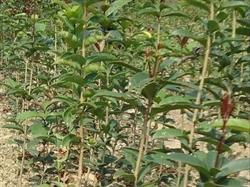
The choice of cutting time and the control of temperature. Sweet-scented osmanthus cuttings are the best in May and June. The suitable rooting temperature of sweet-scented osmanthus is from 25 ℃ to 28 ℃. If the temperature is too low, it should be covered with plastic film to increase the light and raise the temperature of seedling bed. If the temperature is too high, you should pay attention to shading and lift a corner of the plastic film for ventilation or spray. ...
2018-09-09 -
Rapid asexual Propagation of Osmanthus fragrans
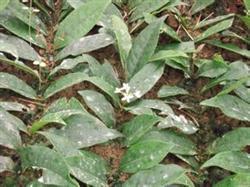
First, the selection of mother plant and branch. The mother should choose the plant with 10-15 years old, strong growth, many branches and low nodes; the branches used for pressing branches are exuberant, disease-free, epidermis is not damaged, bud eyes are full, and branches are about 1 meter long. About 10 days before pressing branches, remove weeds within 1-1.2 meters around the female parent.
2018-09-09 -
Cultivation techniques of Osmanthus fragrans seedlings and key points of Disease and Pest Control
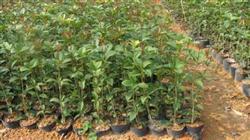
Osmanthus fragrans generally use cuttings to raise seedlings, and single-stem sweet-scented osmanthus usually use sowing to raise seedlings. This is introduced as follows: 1. Osmanthus fragrans bloom from September to October, and the fruit will mature from late March to late April of the following year. When the fruit enters the ripening stage and the pericarp changes from green to purplish black gradually, it can be collected. The fruit collected.
2018-09-09
